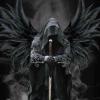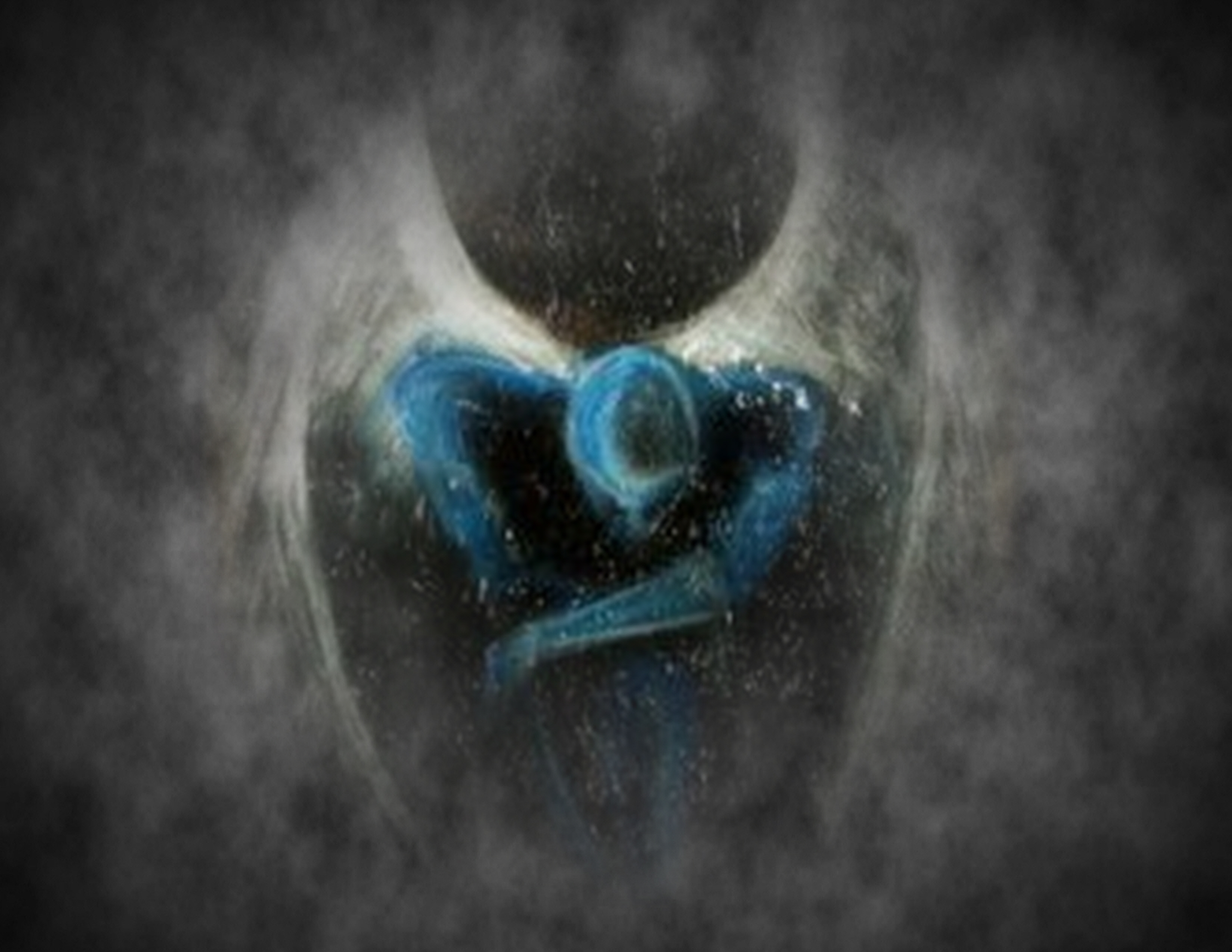 Submitted by Damos Kniat on
Submitted by Damos Kniat on

Derivative Images
From their original worship as demi-gods, the Watchers have come to be honored as a spiritual race that oversees the Worlds …
In the early Stellar Cults of Persia there were four Royal Stars (known as lords) that were called the Watchers. Each on e of these stars “ruled” over one of the four cardinal points common to astrology. This particular system would date from approximately 3000 B. C. The ancient ritual godforms of the Watchers were and still are performed at the associated cardinal points, while evoking them during the casting of a ritual circle. There is a definite link between the “powers” of the practitioner and the rapport with the Watchers. To assume the posture of one of these Watcher positions was to invoke the nature of that Watcher into one’s psyche.
The star Aldebaran, when it marked the Vernal Equinox, held the position of Watcher of the East. Regulus, marking the Summer Solstice, was Watcher of the South. Antares, marking the Autumn Equinox, was Watcher of the West. Formalhut, marking the Winter Solstice was Watcher of the North.
Towers were constructed bearing symbols of the Watcher as a form of worship, and their symbols were set upon the Towers for the purpose of evocation. During the “Rites of Calling” these symbols were traced in the air using torches or ritual wands, and the secrets of the Watchers were called out.
In Stellar Mythos, the “Grigori” themselves were gods who guarded the heavens and the Earth. Their nature as well as their “rank,” was altered by the successive lunar and solar cults which replaced the stellar cults. Eventually the Greeks reduced them to the Gods of the Four Winds,
and the Christians to principalities of the air. Their connection with the stars is vaguely recalled in the Christian concept of heavenly angels.
Cabalists organized them into Archangels, which is assumed to be derived from the early Hebrew concept of a similar order of angels known as the Watchers. According to this belief, the Watchers were ruled over by four great Watchers known as Michael, Gabriel, Raphael and Auriel. The Hebrews borrowed this whole concept from the surrounding cults that were stellar and lunar in nature. The Hebrew religion was highly eclectic in ancient times.
In certain aspects of witchcraft, these ancient beings were the Guardians of the Dimensional Planes, protectors of the ritual circle, and witness to the rites that have been kept down through the ages. Each of the ruling Grigori oversees a “Watchtower” which is a portal marking one of the four corners of the ritual circle. In ancient times, a “Tower” was a term for a military fighting unit, and a “Watchtower” was a defending home unit, similar to the National Guard. The stars themselves were thought of as campfires of the Grigori legions. In magick, the Watchers guard the portals to the Astral Realms and can allow a magickal act to establish itself in Astral Substance. This is why certain gestures such as the pentagram were designed to announce the presence of a trained practitioner to the presence of the Watchers
Originally, the Grigori were “lesser gods” who watched over Earth and the Heavens. In Aridian Mythos they are guardians to the Four Entrances to the Realm of Aster, which is the home of the gods in Strega mythology. Outside of Wiccan structure, the Watchers are more easily linked to the Judaic/Christian concept of “guardian angels.” In the Old Testament (Daniel 4:13-17), reference is made to the Irin, or Watchers, who appear to be an order of angels (in early Hebrew lore, the Irin were a high order of angels who sat on the Supreme Judgment Council of the Heavenly Court). In the Apocryphal Books of Enoch and the Jubilees, the Watchers are mentioned as “fallen angels” who originally were sent to Earth to teach men law and justice. In the Secret Book of Enoch, the Watchers (called therein the Grigori) are listed as rebellious angels who followed Sataniel in a heavenly war.
Gustav Davidson, in Dictionary of Angels, portrays the Watchers as a high order of angels, known also as the Grigori. They are listed as fallen angels who instructed humankind in the ancient arts. It is these same angels who are referred to as the “Sons of God” in the Book of Genesis 6:4. According to Christian mythology, their “sins” filled the Earth with violence and the world was destroyed as a result of their intervention.
In Rabbinic and Cabalistic lore, the “good” Watchers dwell in the Fifth Heaven, and the evil Watchers dwell in the Third Heaven, The Watchers of the Fifth Heaven are ruled over by the archangels Uriel, Raphael, Michael and Gabriel. In the Apocryphon of Genesis, it is said that Noah is the offspring of the Watchers who slept with Bat-Enosh, his mother.
Richard Cavendish, in his book The Powers of Evil, makes reference to the possibility of the giants mentioned in Genesis 6:4 being the giants or Titans of Greek mythology. He also lists the Watchers as the “Fallen Angels” which magicians call forth in ceremonial magick. He does draw some interesting parallels and mentions that Watchers were so named because they were stars, the “eyes of the night.”
St. Paul, in the New Testament, calls the Fallen Angels “principalities”: for we are not contending against flesh and blood, but against principalities, against powers … against the spiritual hosts of wickedness in High Places. It was also St. Paul who called Satan the prince of power of the air, and thus made the connection of Satan (himself connected to “a star,” Isaiah 14:12-14) and etheric beings, for they were later known as demons and as principalities of the air.
This theme was developed further by Sinistrari, a French theologian of the sixteenth century, who spoke of an order of beings existing between humans and angels. He called them demons and associated them with the elemental natures of earth, air, fire and water. This however, was not a new concept, but taught by certain Gnostic sects in the early days of Christianity.
Resource: Italian Witchcraft by Raven Grimassi
- 920 reads